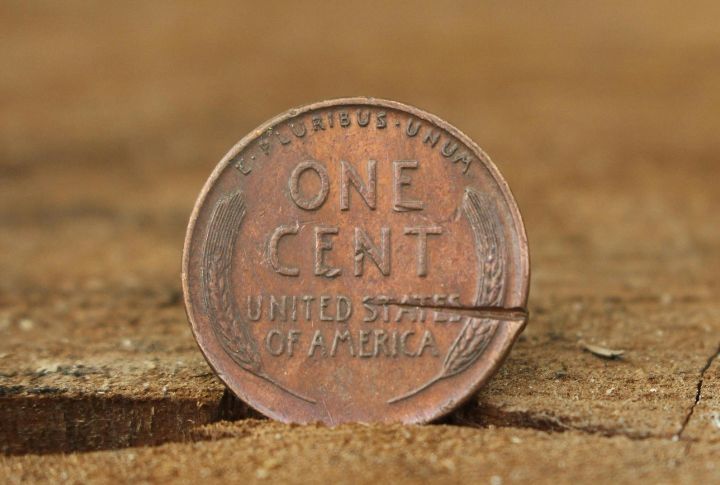
Most people don’t remember the last penny they spent. Yet a few Wheat Pennies are still being hunted down decades later. Something about their design, their flaws, or their timing just sticks. This article walks through the details that turned these everyday coins into quiet stars of the collecting world.
What Makes A Wheat Penny Collectible

There’s something oddly satisfying about holding a coin with wheat stalks on the back. Minted from 1909 to 1958, these cents feature Lincoln on the front and were the first U.S. coins to honor a real person. With 95% copper content (except wartime variants), they hold metal value, too.
The Story Behind The 1909 VDB Controversy

Victor D. Brenner’s initials—VDB—landed squarely on the back of early 1909 cents, and people weren’t thrilled. The backlash came fast, and the initials were pulled within weeks. Only 484,000 of the 1909-S VDB were made, fueling collector demand.
Why 1943 Bronze Pennies Became Legendary
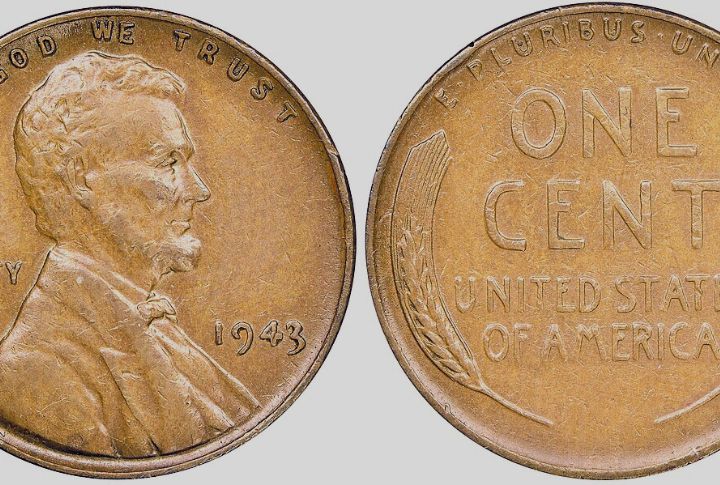
Steel replaced copper in 1943 cents due to wartime demands, but a few bronze blanks accidentally made it through the presses. That rare mistake produced the 1943 bronze cent, with fewer than 20 known examples. One sold for $204,000 in 2019, while others have fetched up to $1.7 million.
How Mint Marks Influence Rarity And Value

Mint marks can change everything. A little “D” (Denver), “S” (San Francisco), or none at all (Philadelphia) reveals where a penny was struck. The 1922 cent? Only Denver made it, and some lack the “D” entirely. San Francisco’s low mintages increase scarcity, and collectors chase down every variation for full sets.
Dates That Define The Rarest Wheat Pennies
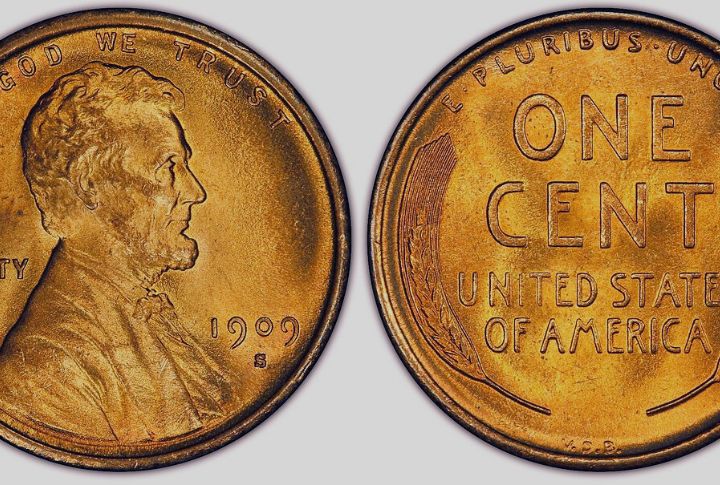
Some penny dates stand out for more than just age. The 1931-S had the lowest regular-issue mintage at only 866,000. The 1914-D, with 1.19 million struck, remains scarce and often faked. The 1926-S suffers from weak strikes, making high-grade examples rare. And the 1909-S without VDB still draws attention with 1.8 million minted.
Striking Errors That Skyrocket Collector Demand

Striking mistakes can turn ordinary pennies into prized collector finds. The 1955 doubled-die cent, with overlapping inscriptions, is one of the most famous U.S. errors. In 1944, a few leftover steel planchets created rare mix-ups. Other examples include a 1923 penny struck off-center, and one minted on a dime blank.
Proof Varieties Offer Hidden Value
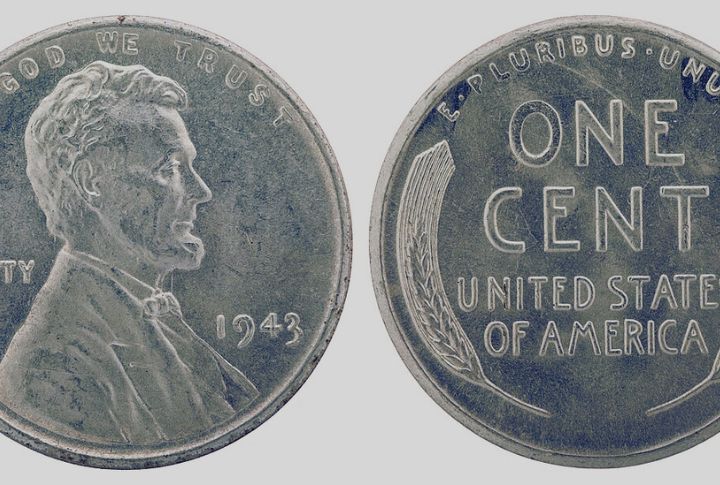
Proof Wheat Pennies, made in limited numbers between 1909 and 1958, hold surprising value. Early versions featured matte finishes, while later ones appeared in brilliant proof. In 1936, both satin and brilliant types were minted. These polished coins appeal to collectors but often go unnoticed outside serious circles.
Grading Standards And Condition Shape The Coin’s Worth
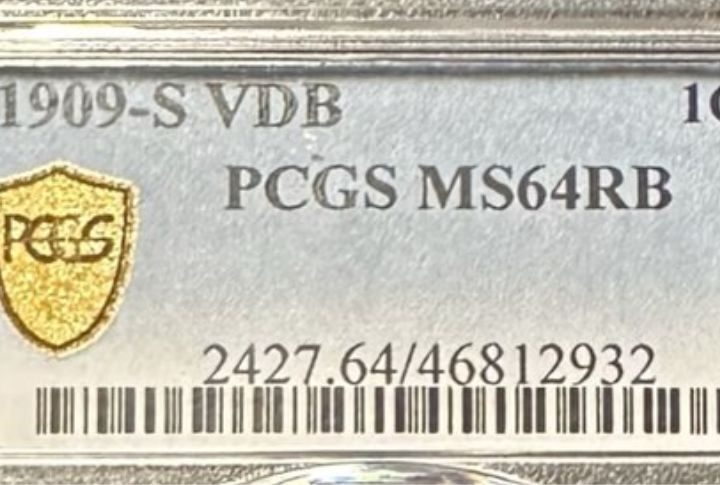
It’s not just about the date—it’s about the condition. A 70-point scale determines a coin’s condition; a single point can change the price. Color matters too: Red, Red-Brown, or Brown affects copper value. Plus, a Good-grade 1931-S might bring $80, but Mint State can go over $300 when certified by PCGS or NGC.
The Only Circulating U.S. Coin That’s Magnetic
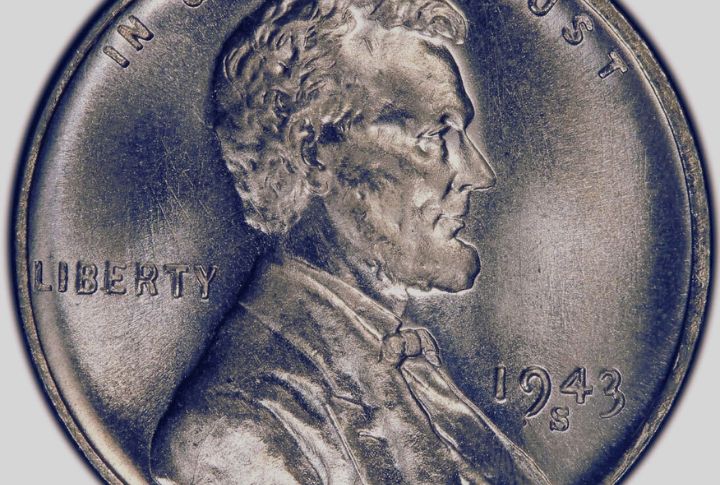
The 1943 steel Wheat Penny stands out as the only magnetic U.S. coin ever made for circulation. Composed of zinc-coated steel, it sticks to magnets—unlike any other penny. This unusual feature makes it easy to spot and a popular choice for science experiments and new coin collectors.
A Coin That Traveled Through History
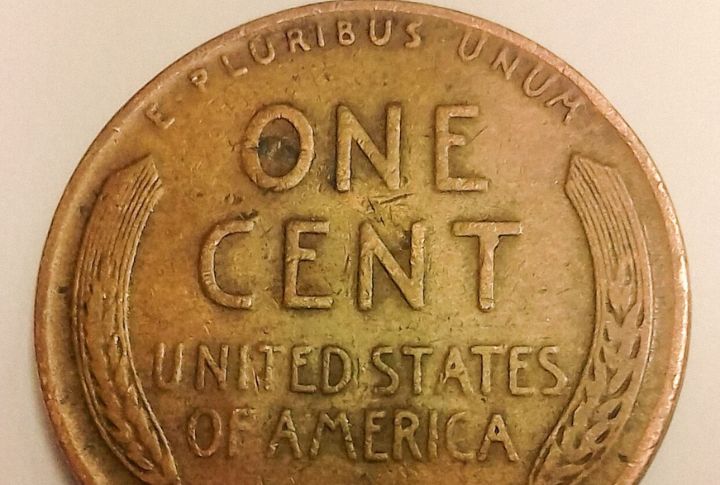
Wheat pennies moved through key moments in history—circulating during the Great Depression, both World Wars, and the rise of the American middle class. One might’ve bought candy in 1929, paid a toll in 1944, or played a jukebox in 1955. Collectors now view them as miniature time capsules.
